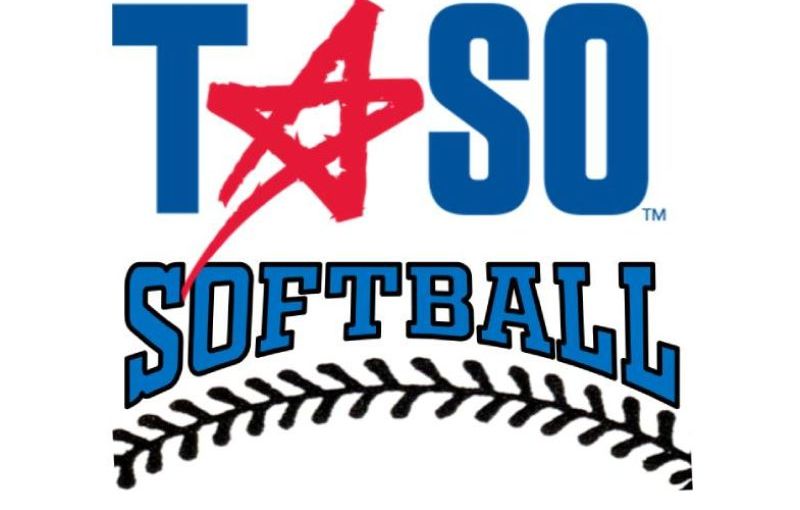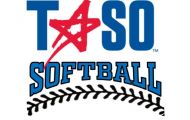
04-07-2025 NFHS WEEKLY RULES INTERPRETATIONS
2025 NFHS Softball Rule Interpretations April 7
April 7, 2025
NFHS Softball Weekly Rule Interpretations
Situation 1: At the start of the second inning, B5 is scheduled to be the lead‑off batter in the inning. As Team A’s pitcher is throwing their warm‑up pitches both B5 and B6 are outside of the dugout swinging their bats to warm up. The umpire informs the team that only one batter is allowed out swinging a bat in between innings while the pitcher is warming up and that player needs to be in the on‑deck circle while doing so. RULING: Correct ruling. B5 is scheduled to be the first batter of the inning but they do not become a batter until they are entitled to occupy one of the batter’s boxes. They are not allowed to occupy one of the batter’s boxes while the pitcher is throwing warm up pitches. This is evident by this statement in rule 2‑5‑3 “A single on‑deck batter shall remain in the on‑deck circle while the opposing pitcher is warming up.” Since they have not become a batter yet, B5 is considered the on‑deck batter until play is ready to begin for that half inning. At this point they are entitled to occupy a batter’s box making them the batter and the next player in the lineup is now able to exit the dugout and enter the on‑deck circle. As listed in 3‑6‑6 note other players can participate in throwing or running activities during this time designated for the pitcher to throw their warm‑up pitches but again based on the rules cited only one player can warm up swinging a bat in between innings and they shall do this in the on‑deck circle. (2‑5‑1, 2‑5‑3, 3‑6‑6)
Situation 2: Team A is at bat when B1 hits a sharp ground ball that F3 dives to their right to field. As B1 is running to first base F3 dives and touches the base with their bare hand with the ball in their glove. As they land after touching the base they roll over and the ball comes out of their glove after rolling over. Team B’s coach insists that B1 should be safe at first base as F3 did not maintain control of the ball as they rolled over. RULING: This is a judgement call. Plays at first base are executed the same as a force play, a fielder touching first base while holding the ball prior to the batter‑runner reaching the base will put out the batter‑runner. In this play, to retire the batter‑runner F3 must have control of the ball when they touch first base prior to B1 reaching first base. If the umpire judges that F3 had control of the ball when they touched the base prior to B1 reaching the base B1 shall be ruled out. (2‑64, 2‑37‑3, 8‑2‑2)
Situation 3: In the third inning Team A is batting with one out and R1 on first base, B3 hits a ground ball down the third base line that goes untouched to F7. F7 throws the ball over F6’s head allowing R1 to advance to third base. F3 fields the throw and tosses the ball to F1 who is in the circle as R1 is on third base and B3 has returned to first base. F1 with possession of the ball in the circle turns their back on B3 at first base and B3 comes off the base and advances to second base. After B3 leaves their base R1 then also takes a step toward home. Team B’s coach insists this is a violation of the look‑back rule and both B3 and R1 should be ruled out. Team A’s coach says that the pitcher made a play on R1 so both runners are allowed to leave their bases. RULING: By rule Team A’s coach is correct that a runner would not be called out if a play is made on another runner and a fake throw is considered a play. However, it is umpire judgement if the actions of F1 constitute a play being made. If F1 simply turned their back on B3 and looked at R1 as they were moving back toward the pitching plate while in possession of the ball within the circle this would not be considered making a play on R1. If F1 did not make a play on a runner, B3 would be in violation of the look‑back rule. The ball would be dead and B3 would be ruled out. Since the ball is dead when B3 violated the look‑back rule, R1 is not out for leaving their base. Only one runner, the one who left their base first, may be called out for violating the look‑back rule with the other runners being returned to the last base touched. (8‑7‑3 Penalty and Exception)


